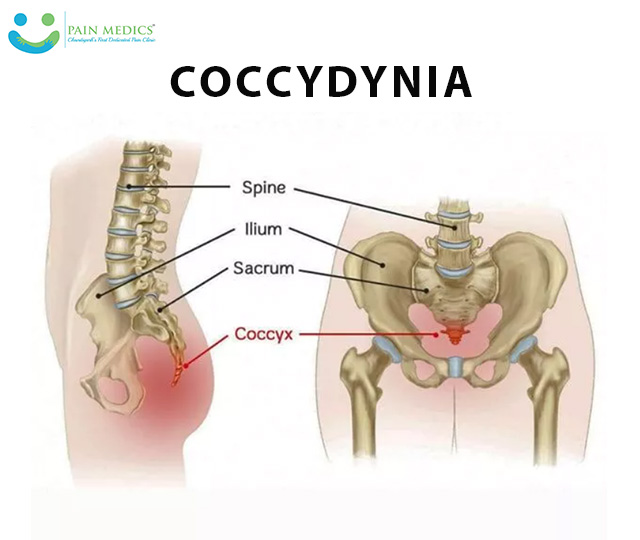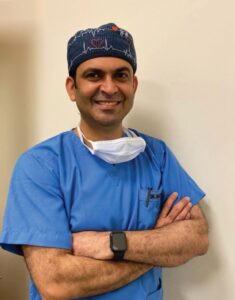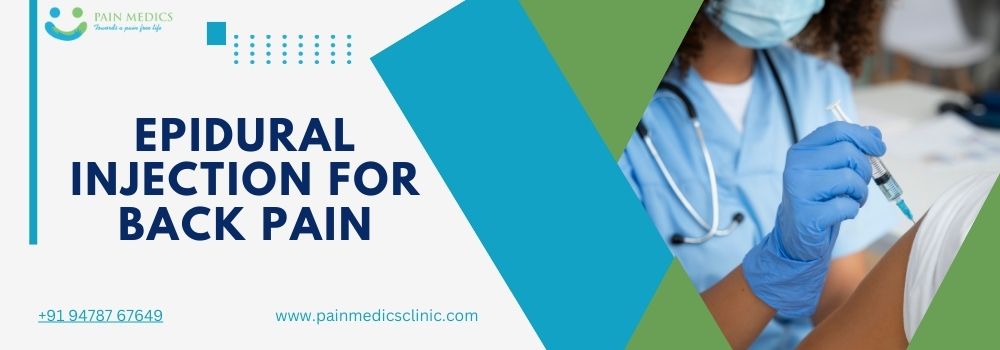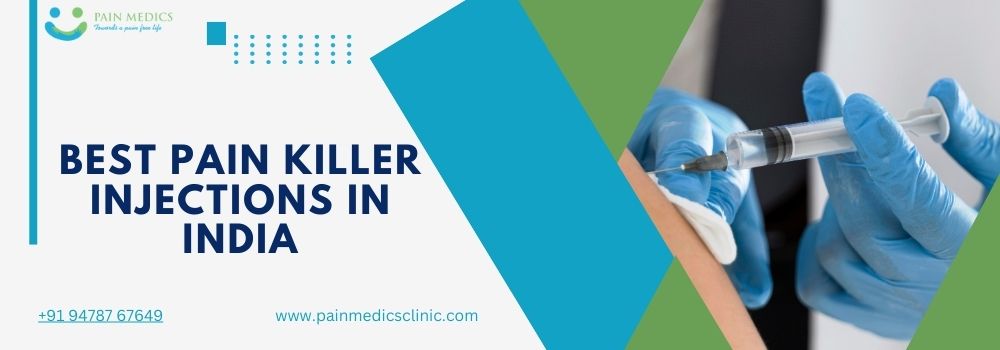Coccydynia is commonly called tail-bone pain. In this condition, individuals feel discomfort in a small bone located at the end of the spine. This small bone is called the coccyx. Coccydynia can occur from several factors. These included falls, long-term sitting, or childbirth. Individuals suffering from these conditions may observe mild to sharp pain in the lower back. The pain usually occurs during bowel movements.
Self-care, like comfort sitting and avoiding long-term sitting, can resolve this condition. Medical treatment may be required if one is suffering from continuous pain. Treatments can be done using pain-relieving injections and physical therapies. In rare cases, one may need to undergo surgery to remove a particular part or all of the coccyx. It becomes essential to know the causes, symptoms, and treatment options for Coccydynia for effective management and relief.
This blog contains all the information, what coccydynia is, its root causes, symptoms, and treatments. In addition, the best clinic for Coccydynia pain management will also be discussed. Let’s begin with the topic.
What is Coccydynia?
Coccydynia is a pain that occurs near the tailbone area in a small bone called the coccyx. This bone supports the body while sitting. Coccydynia, or tailbone pain, occurs due to falls from a height and childbirth. In common cases, it can also occur due to prolonged sitting. Some people may have an abnormally anteriorly protruded coccyx, which may press upon anterior structures, causing pain. One can feel the sharp or achy pain when moving from standing to sitting.
There are simple ways in which doctors treat Coccydynia. They can prescribe the use of cushions, taking proper rest, and doing light stretches. However, physical therapies and injections can be given to decrease pain and swelling. Many patients get better with proper care in a short time. It becomes essential to consult with the doctor if pain persists.
Causes of Coccydynia
Coccydynia happens due to various reasons. For the right treatment, it becomes important to know the cause. The reason can be different for every individual, for the pain occurs in the coccyx.
Injury or Fall
The common cause that Coccydynia occurs is falling directly on the tailbone. This can cause injury, break, or dislodge the bone. Heavy impact or a sudden fall on the tailbone can dislocate, bruise, or break it, too.
Prolonged Sitting
Sitting on hard or uncomfortable surfaces for a long time puts pressure on the coccyx. It may cause tailbone pain.
Childbirth
There is a chance that the tailbone gets strained during delivery. It can be pushed when the delivery is tough or takes time.
Repetitive Strain
Activities that put repeated pressure on the tailbone can cause pain and inflammation. These exercises may include cycling or rowing.
Degenerative Conditions
Arthritis or degenerative disc disease conditions affecting the coccyx can result in sharp pain.
Poor Posture
Sitting or maintaining the wrong posture while performing activities may have an impact on the tailbone. It adds stress over time to the tailbone.
Obesity or Underweight
Being overweight puts pressure on the tailbone. While being underweight provides cushioning to the bone.
Infections or Tumours
Infections or tumours near the coccyx can cause sharp pain in the tailbone. Moreover, bone growth can cause a mild pain near the tailbone area.
Unknown Causes
In some cases, the cause is not defined, but the pain is real. It can be managed with timely treatment.
Symptoms of Coccydynia
It is essential to know the symptoms of Coccydynia to get the best treatment at the right time. The most common symptoms include:
Pain While Sitting: Pain often gets sharp during sitting on hard or uncomfortable surfaces. This happens because all the body’s pressure is applied to the tailbone.
Pain During Standing Up: One may feel a sharp pain when moving to a standing position from sitting.
Pain During Bowel Movements: Discomfort in the tailbone may occur while using the loo for bowel activity.
Tenderness: One may feel sore or sensitive in the area near the tailbone when touched.
Localised Swelling: Swelling or inflammation may be observed around the tailbone.
Radiating Pain: In severe cases, the pain may radiate from the small bone to the buttocks, or even down to the legs.
Pain During Activities: Pain may occur while performing activities like lifting, bending, or cycling.
Treatment for Coccydynia
There are several ways to treat the discomfort that occurs due to Coccydynia. Basic medical help or simple home care makes patients feel better. The treatment depends on the severity and longevity of the pain. Medical treatments given for Coccydynia include:
Medications
NSAIDs (Nonsteroidal anti-inflammatory drugs) like naproxen and ibuprofen are effective in alleviating pain and reducing the inflammation in the tailbone area.
Physical Therapy
Taking Physical Therapy can enhance flexibility and improve posture, and strengthen the pelvic muscles. Therapists use manual manipulation, massage and other techniques to relieve discomfort.
Injections
To treat persistent pain, a health specialist may prescribe injections.
Corticosteroid Injections: Administered near the coccyx to reduce inflammation. It provides relief from pain, which may last months to years..
Nerve Blocks: These injections numb the nerves that transmit pain signals from the coccyx.
Pulsed Radiofrequency (PRF) Therapy
Pulsed Radiofrequency (PRF) Therapy is a minimally invasive procedure. It modulates nerve activity with the use of electrical fields. It aims to reduce long-lasting pain and does not cause damage to the tissue.
Ganglion Impar Block
This procedure blocks the nerve cluster (ganglion impar) near the coccyx and provides relief from pain. Ganglion Impar can be blocked both by nerve blocks as well as radiofrequency ablation.
Extracorporeal Shock Wave Therapy (ESWT)
The affected area receives shock waves. This therapy promotes healing of the affected area in a short time and alleviates the pain.
Transcutaneous Electrical Nerve Stimulation (TENS)
A low-voltage electric current is used in the TENS therapy. Electric current interferes with the pain signal transmission and offers relief to patients suffering from coccydynia.
Surgical Intervention (Coccygectomy)
Surgical removal of the part or all coccyx may be considered when all conservative treatments fail. It is called Coccygectomy. It is the last resort due to its long recovery time and varying success rate.
Trusted Clinic For Coccydynia Pain Management in Chandigarh- Pain Medics Clinic
Pain Medics Clinic is the most trusted clinic in Mohali, Chandigarh, and Panchkula for patients suffering from Coccydynia Pain. Our specialists provide expert care with a focus on in-depth diagnosis and effective relief from pain. At Pain Medics Clinic, we understand the pain of patients suffering from coccydynia. Therefore, we provide the best and specialised treatments to provide relief from the tailbone pain and enhance the quality of life.
Experienced doctors at our clinic perform the latest treatment techniques to treat coccydynia. We offer customised treatment plans to our patients that target the root cause of the pain. Whatever the cause of your tail-bone pain is, Pain Medics Clinic provides the best treatment and helps patients move freely without any pain.
Say goodbye to pain – Contact Pain Medics Clinic today!
Contact Details:
Clinic Name – Pain Medics Clinic
Address – SCO 212, Sector 40D, Chandigarh, 160036
Phone Number – +91 94787 67649
Email – painmedicsclinic@gmail.com








